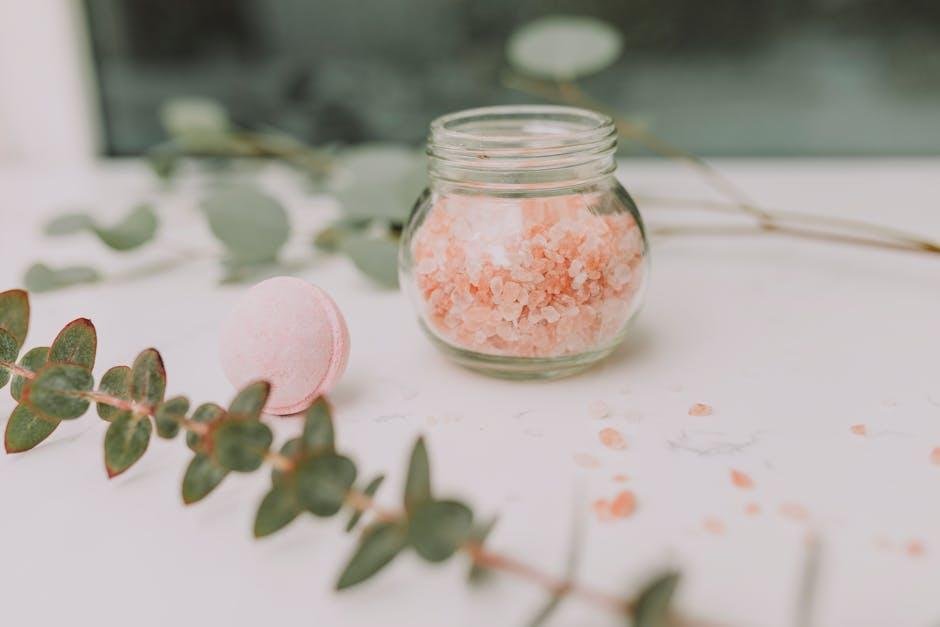Grooming a reactive dog isn’t just about upkeep—it’s about trust, patience, and safety. Whether your dog reacts to tools, touch, or the environment, a gentle, step-by-step approach can make grooming a calm, even positive, experience.
1. Build a Calm, Predictable Setting
Reactive dogs thrive on routine. Choose a quiet, low-distraction space with soft lighting—ideally on non-busy days or at home through mobile grooming . Use a non-slip mat and gentle background noise or soft music to help soothe nerves .

2. Pre-Groom Exercise Is Key
Before starting, take your dog for a walk or play session. A calmer dog is less reactive and more open to handling .
3. Desensitize Tools & Touch Gradually
Touch first: Over days or weeks, gently touch paws, ears, and tail for just a few seconds, rewarding calm behavior .
Introduce tools slowly: Let your dog sniff brushes, clippers or dryers off, then beside, and later gently touch them—always paired with treats .
Noise acclimation: Power on clippers at a distance first, gradually decreasing the gap as tolerance increases .
Reddit users describe starting with treats in a tub or around equipment—not actual grooming—to build positive associations .

4. Keep Sessions Short & Rewarding
Avoid long grooming marathons. Five- to ten-minute sessions, ending on a good note, foster positive reinforcement . Always reward cooperative behavior—treats, praise, and petting strengthen the bond .
5. Use Gentle, Safe Restraint
Proper restraint helps everyone stay safe:
- Small dogs: Hold them against your body on a non-slip surface.
- Midsize/large dogs: Use a slip-lead or light harness.
- Extra cautious: A basket muzzle can protect and reassure both sides—train its use gradually, pairing it with rewards .
Restraint should feel secure—not stressful—and never tight or frightening .
6. Mind Sensitive Areas
Paws, ears, tail, and face are common triggers—approach these zones gently and with patience . Touch first, then gradually groom. If your dog shows signs of distress, pause and reward.

7. Create Positive Associations Everywhere
- Comfort items: Bring their favorite blanket or toy to the grooming space .
- Calming scents: Use lavender (pet-safe) on your hands or in diffuser format—not on skin .
- Music and pheromones: Soft tunes and DAP sprays or diffusers can subtly relieve tension .
8. Consider Mobile or ‘Fear-Free’ Grooming
Many reactive dogs do better in one-on-one or mobile grooming settings. Home visits or vans offer familiarity and fewer triggers than busy salons .
9. Use Cooperative (Consent-Based) Grooming
Let your dog choose what happens next. Offer tools and moves only when they opt in—this consent-based approach builds trust over time . Techniques include treating them for approaching a tool or jumping into the tub on their own.
10. Know When to Call the Pros
If your dog shows aggression—like growling, snapping, or biting—or becomes overly stressed, stop and seek professional help . A behaviorist, vet, or groomer trained in reactive dogs can offer advanced techniques or sedation options for extreme cases .
Final Takeaway
Grooming reactive dogs takes time, sensitivity, and a toolbox of tactics—from small sessions and careful handling to creating calm environments and seeking expert help when needed. By prioritizing trust, choice, and positive reinforcement, grooming gradually becomes less of a challenge and more of a shared success. Every peaceful grooming moment strengthens your bond—and comforts your dog.




